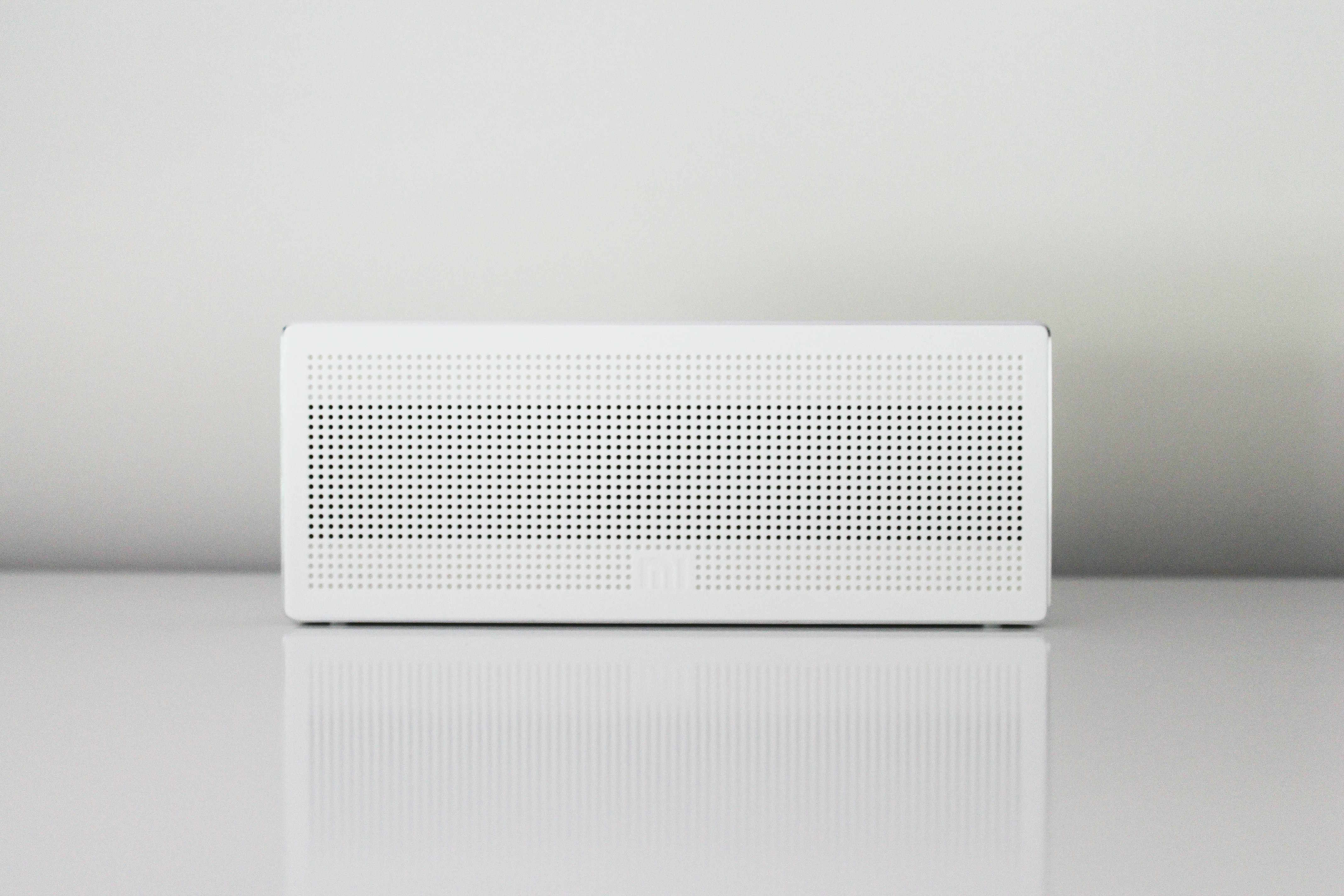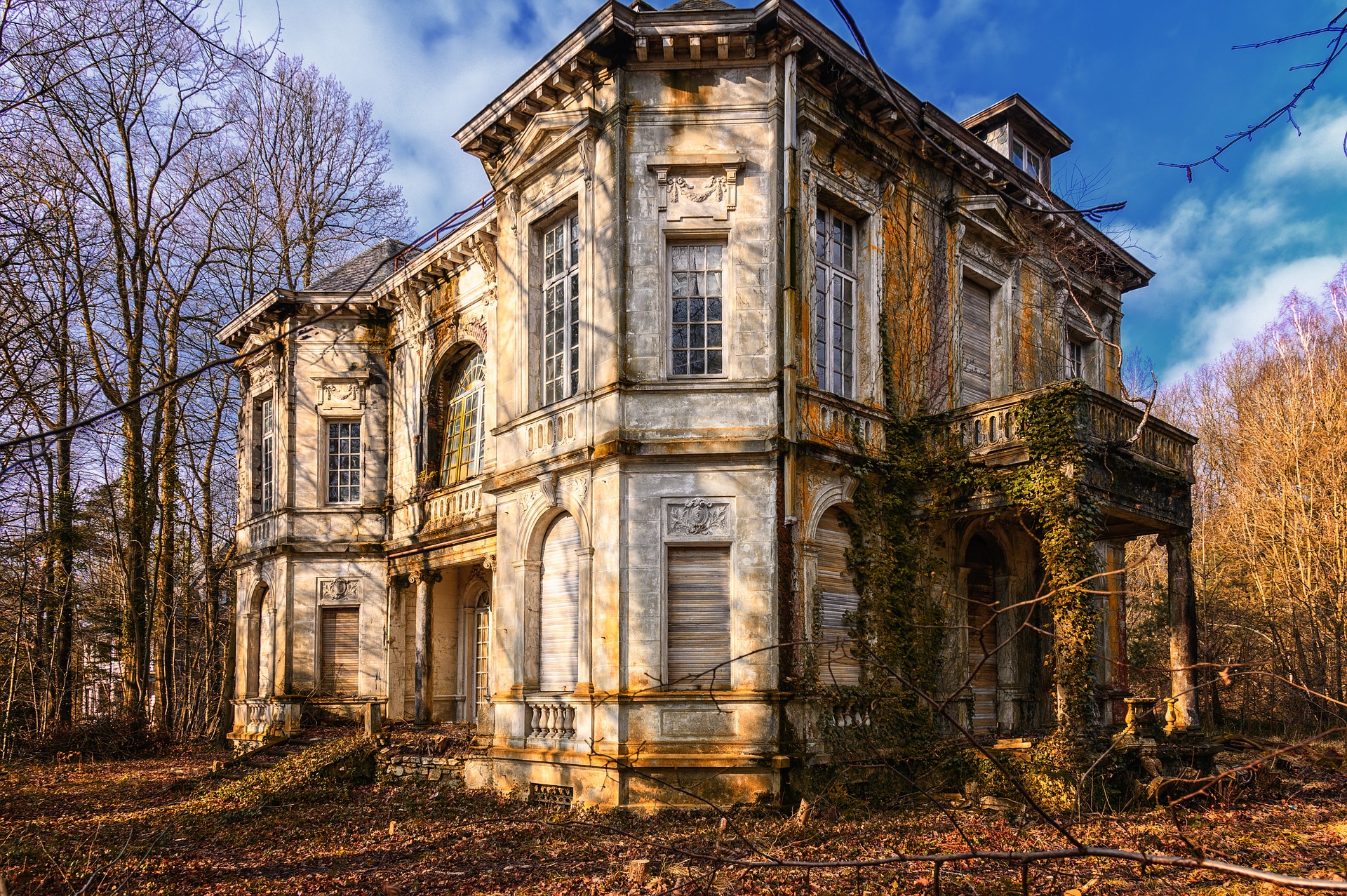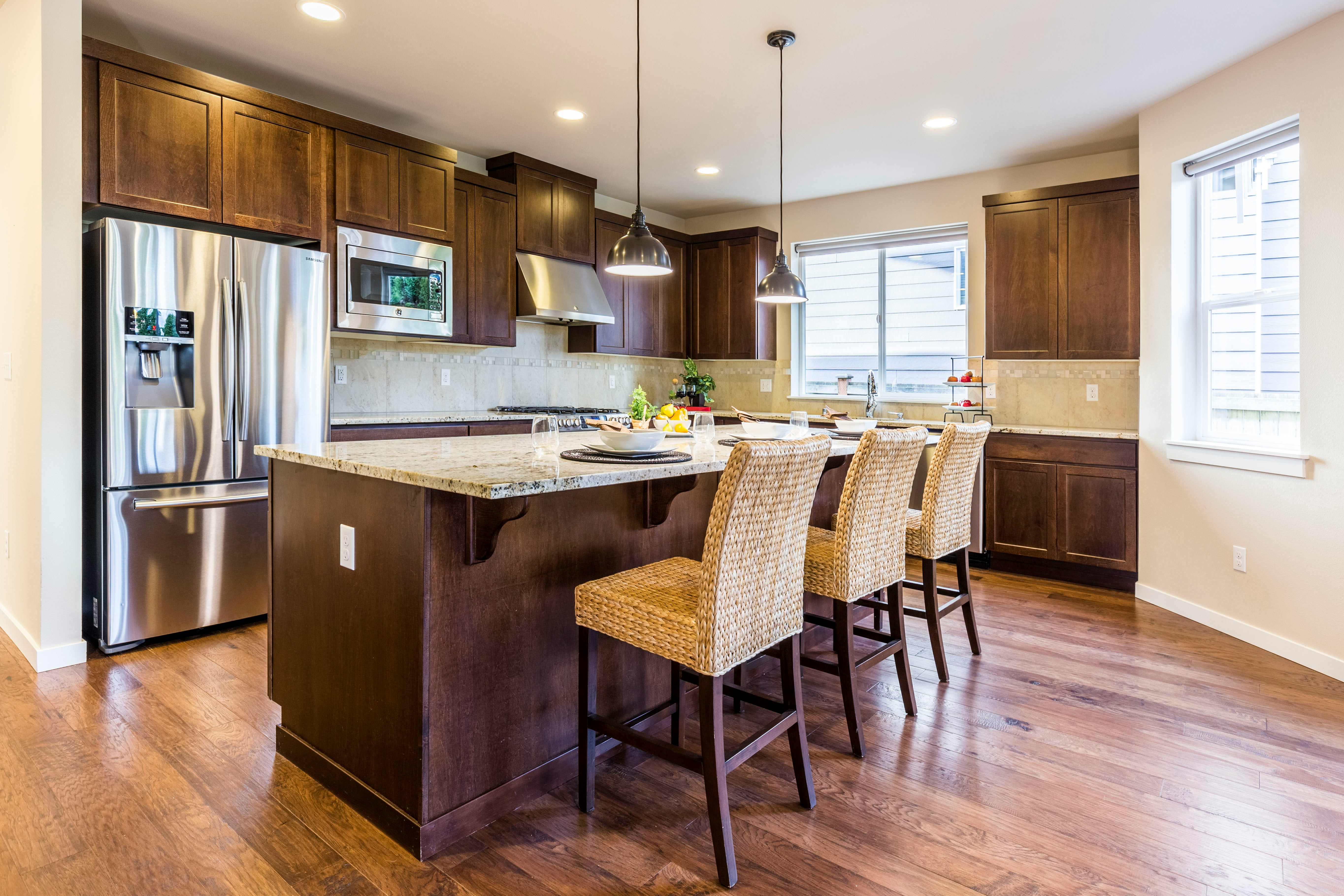Smarter Air Conditioning: What to Know Before You Upgrade Your Cooling System
Thinking of upgrading your air conditioner? Today’s cooling systems are more efficient, connected, and customizable than ever before. From smart thermostats to energy-saving technologies, a modern upgrade can mean better comfort — and lower utility bills. Here's what you need to know before making the switch.

Understanding Smart Thermostat Integration and Controls
Smart thermostats have revolutionized how we control indoor climate, offering unprecedented convenience and precision. These intelligent devices learn your daily routines and automatically adjust cooling schedules to optimize comfort while minimizing energy waste. Unlike traditional thermostats that require manual adjustments, smart controls can be managed remotely through smartphone apps, allowing you to cool your home before arriving or turn off the system when away.
Modern smart thermostats integrate seamlessly with existing air conditioning systems and provide detailed energy usage reports. They feature advanced sensors that detect occupancy, humidity levels, and external weather conditions to make intelligent cooling decisions. Some models even use geofencing technology to automatically adjust temperatures based on your location, ensuring your home is perfectly comfortable when you arrive without wasting energy when you’re away.
Energy-Efficient Features That Lower Utility Bills
Today’s air conditioning systems incorporate numerous energy-saving technologies that significantly reduce electricity consumption. Variable speed compressors adjust cooling output based on actual demand rather than cycling on and off repeatedly, resulting in more consistent temperatures and lower energy usage. Inverter technology, now standard in many premium units, can reduce electricity consumption by up to 40% compared to conventional systems.
High SEER (Seasonal Energy Efficiency Ratio) ratings indicate superior energy performance, with modern units achieving ratings of 15-20 compared to older systems that typically rate 8-10. Enhanced insulation, improved refrigerants, and advanced heat exchangers contribute to better efficiency. Smart defrost controls and programmable features further optimize energy usage by running the system only when necessary.
Selecting the Right Size and System Type
Proper sizing is crucial for optimal air conditioning performance and efficiency. Undersized units struggle to cool effectively and run continuously, while oversized systems cycle frequently and fail to control humidity properly. Professional load calculations consider room dimensions, insulation quality, window orientation, occupancy patterns, and local climate conditions to determine the appropriate capacity.
Central air systems work best for whole-house cooling in larger homes, while ductless mini-split units offer flexibility for targeted cooling in specific areas. Window units remain economical for single rooms, and portable units provide temporary solutions. Split systems, popular in Pakistan, offer good performance and easier maintenance compared to window units while providing quieter indoor operation.
Cost Considerations and ROI Analysis
Air conditioning upgrade costs vary significantly based on system type, capacity, and features. Entry-level window units start around PKR 30,000-50,000, while split systems range from PKR 60,000-150,000 depending on capacity and brand. Central air systems represent the largest investment, typically costing PKR 200,000-500,000 for complete installation.
Energy savings from modern efficient systems often justify the initial investment through reduced utility bills. High-efficiency units can cut cooling costs by 20-40% annually, with payback periods of 3-7 years depending on usage patterns and electricity rates. Additional benefits include improved comfort, better humidity control, and increased property value.
| System Type | Price Range (PKR) | Energy Efficiency | Best For |
|---|---|---|---|
| Window AC | 30,000-80,000 | SEER 8-12 | Single rooms |
| Split System | 60,000-200,000 | SEER 12-18 | Individual rooms/zones |
| Inverter Split | 80,000-250,000 | SEER 15-20 | Energy-conscious users |
| Central Air | 200,000-500,000 | SEER 13-18 | Whole house cooling |
Prices, rates, or cost estimates mentioned in this article are based on the latest available information but may change over time. Independent research is advised before making financial decisions.
Installation and Maintenance Requirements
Professional installation ensures optimal performance and system longevity while maintaining warranty coverage. Qualified technicians assess electrical requirements, refrigerant line routing, drainage systems, and structural considerations. Improper installation can reduce efficiency by 20-30% and lead to premature equipment failure.
Regular maintenance extends system life and maintains peak efficiency. Monthly filter changes, annual professional tune-ups, and seasonal cleaning of outdoor units prevent common problems. Smart systems often provide maintenance reminders and diagnostic information to help identify issues before they become costly repairs. Establishing a relationship with local service providers ensures prompt assistance when needed.
Modern air conditioning upgrades offer substantial benefits in comfort, efficiency, and long-term cost savings. Smart controls and energy-efficient features make today’s systems significantly superior to older units, particularly important in Pakistan’s challenging climate. Careful consideration of system sizing, features, and costs ensures you select the optimal cooling solution for your specific needs and budget. Professional installation and regular maintenance protect your investment while maximizing performance and longevity.




